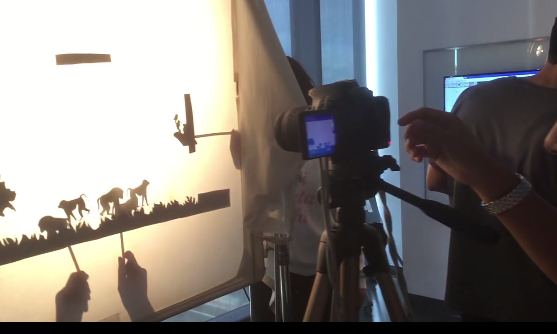
Is there a way for scientists to clearly explain scientific concepts to the rest of us?
Professors at Loyola Marymount University have an answer to that question. The course “Biology, Film and Science Communication” is the brainchild of Heather Watts, Ph.D., a biology professor at the Frank R. Seaver College of Science and Engineering, and Patrick Scott, a filmmaker who teaches visual storytelling at LMU’s School of Film and Television.
The course attracts students from two disciplines – biology and film – who work together to visualize and communicate scientific concepts to general audiences by creating visually captivating films that are scientifically accurate.
Each week, students learn a new biology concept and a new film technique. They are then challenged to put their lesson into practice by creating a film explaining the science.
To get a sense of what the students are doing, here’s a video: http://blogs.lmu.edu/community/2016/02/09/course-snapshot-animal-movement-science-communication/
“Students work with the scientific literature and must think about how to distill the information and communicate it to a general audience,” said Watts.
In one project, Connor Gordon, a senior in film production, and his team of students used a combination of stop-motion animation, shadow-puppets and live-action techniques to describe how jellyfish move.
For Brandy Kwak, a senior in biology, the course addresses how scientists too often “live in a bubble,” speaking about their work only to those who understand the language.
“We spend billions of dollars on science, and it’s so important that people know about it,” she said, “This is definitely a class that science majors can benefit from … It really pushes us to make science understandable, no matter how complex it is.”



